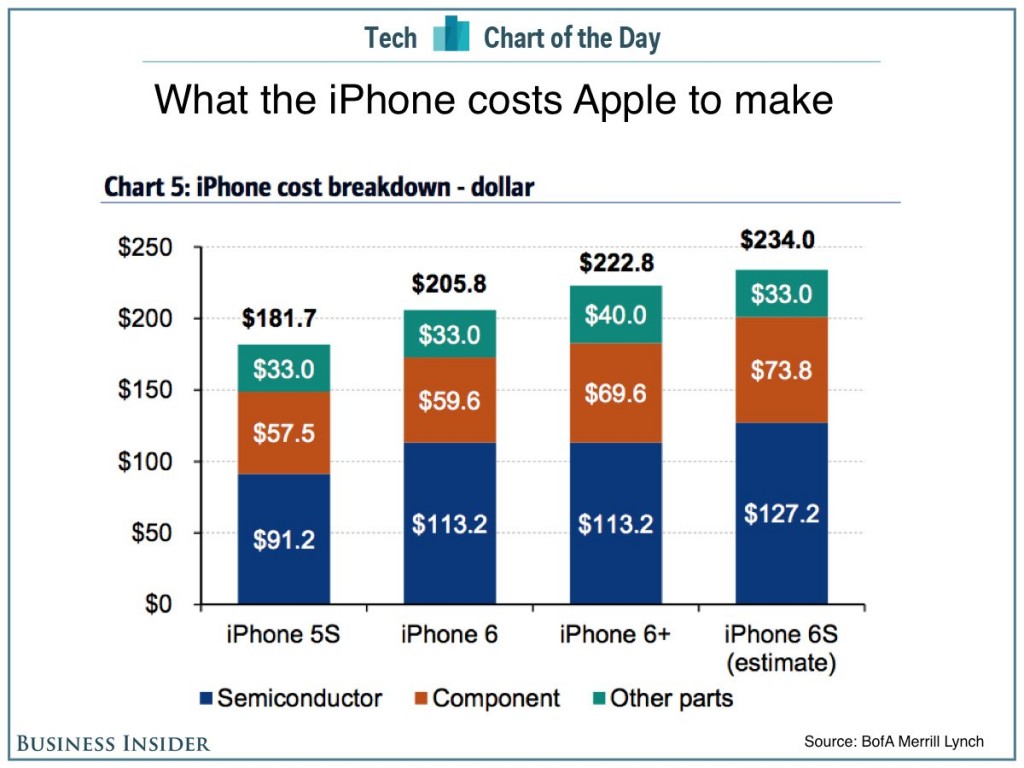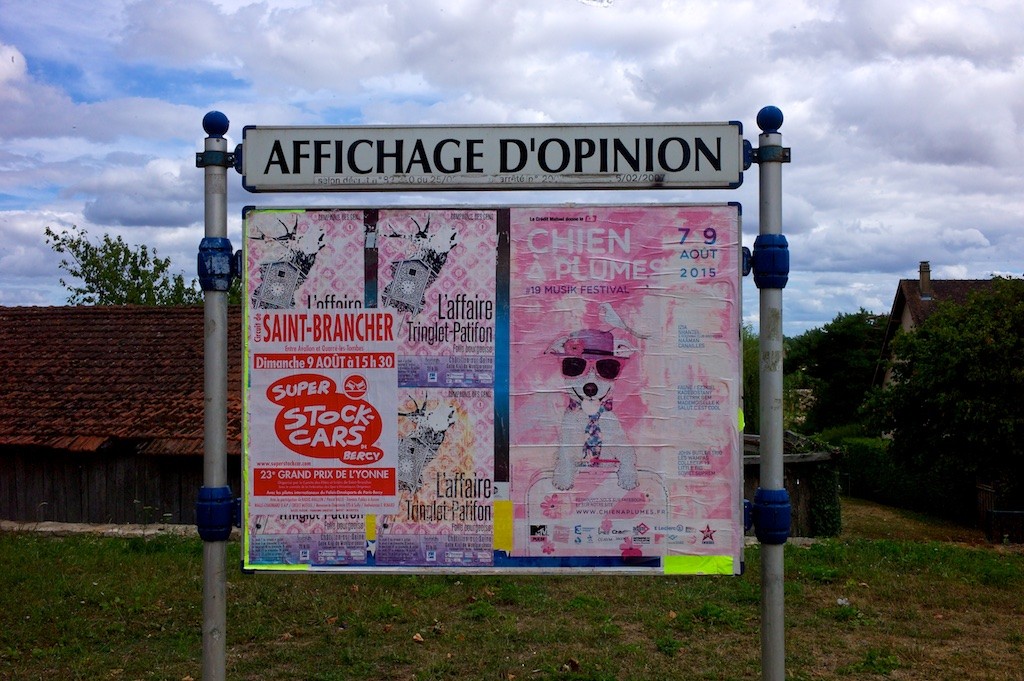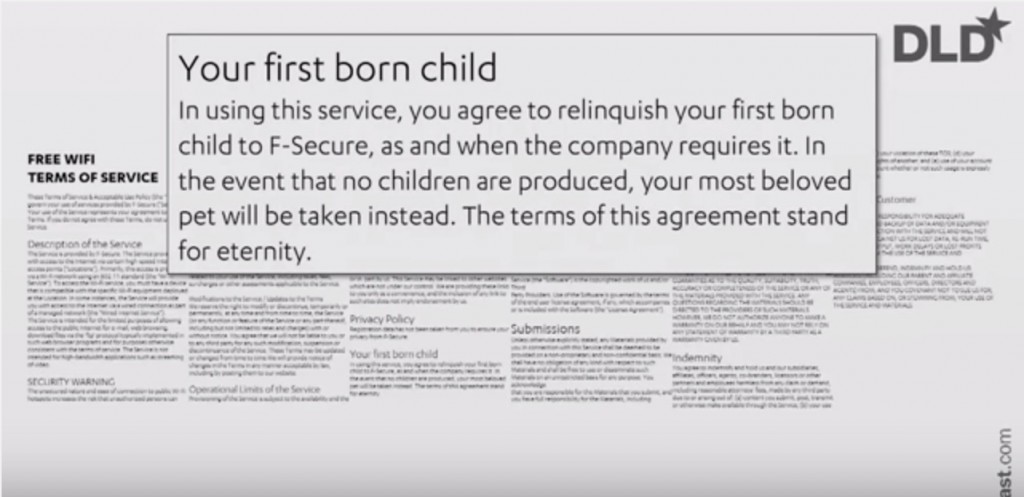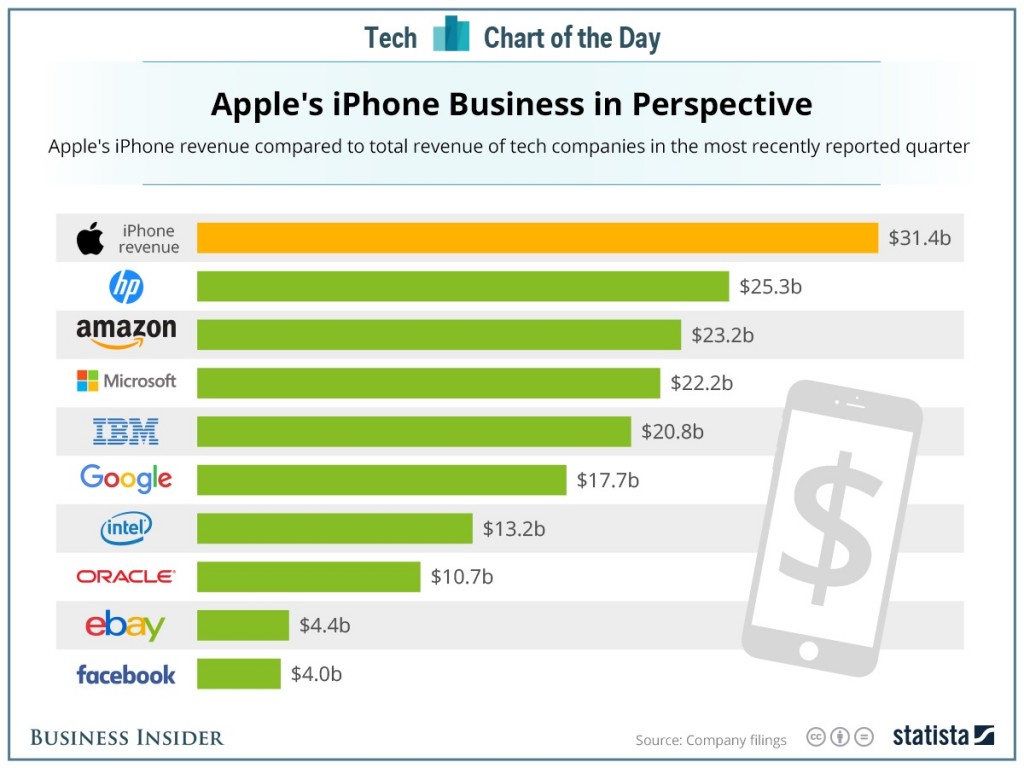Apple will pay about $234 for the parts used in every iPhone 6S, according to estimates from Bank of America Merrill Lynch.
The biggest part of that cost is $127 for semiconductor pieces, including $36 for the various cellular radios, $25 for the new 64-bit A9 processor, $22 for various sensors (fingerprint, NFC, and so on), and $20 for 64GB of flash memory. Other core components like the screen, camera, and battery will add up to $73, and the other stuff (like the case) will add another $33. The older models are cheaper for Apple to make, as the cost of their components has come down over time.
An unlocked 64GB iPhone 6S has a starting retail price of $749, but that doesn’t mean Apple is making gross profits of $515 in profit on each phone — there are also manufacturing and distribution costs.
Volcanic remains
A Deli-cat conversation
Always read the T&Cs
The Ashley Madison saga continues to entertain and inform the watching public. For example, it turns out that the click-wrap T&C agreement warns users that they may be interacting not with real people but with feminised bots.
According to the Guardian, the relevant passage in the current T&Cs reads thus:
You acknowledge and agree that any profiles of users and Members, as well as, communications from such persons may not be true, accurate or authentic and may be exaggerated or based on fantasy. You acknowledge and understand that you may be communicating with such persons and that we are not responsible for such communications.
But it turns out that this formulation is toned down from a previous clause, present in February of this year, which was more explicit about the presence of fake accounts. The February version explained that the robot accounts were created “In order to allow persons who are Guests on our Site to experience the type of communications they can expect as Members”.
The profiles we create are not intended to resemble or mimic any actual persons. We may create several different profiles that we attach to a given picture. You understand and acknowledge that we create these profiles and that these profiles are not based on or associated with any user or Member of our Service or any other real person. You also acknowledge and agree that the descriptions, pictures and information included in such profiles are provided primarily for your amusement and to assist you navigate and learn about our Site. As part of this feature, the profiles may offer, initiate or send winks, private keys, and virtual gifts. Any one of these profiles may message with multiple users at the same or substantially the same times just like our users.
Our profiles message with Guest users, but not with Members. Members interact only with profiles of actual persons. Guests are contacted by our profiles through computer generated messages, including emails and instant messages. These profiles are NOT conspicuously identified as such.
Truly, you couldn’t make this stuff up. I shouldn’t complain, I suppose, because the Ashley Madison saga is a perfect case-study for the book chapter I’m working on at the moment.
The hardware that breaks the commoditisation rule
Insightful column about the iPhone phenomenon by Farhad Manjoo: The nub of it is this:
In many fundamental ways, the iPhone breaks the rules of business, especially the rules of the tech business. Those rules have more or less always held that hardware devices keep getting cheaper and less profitable over time. That happens because hardware is easy to commoditize; what seems magical today is widely copied and becomes commonplace tomorrow. It happened in personal computers; it happened in servers; it happened in cameras, music players, and — despite Apple’s best efforts — it may be happening in tablets.
In fact, commoditization has wreaked havoc in the smartphone business — just not for Apple. In the last half-decade, sales of devices running Google’s Android operating system have far surpassed sales of Apple’s devices, and now account for the vast majority of smartphones in use.
For years, observers predicted that Android’s rising market share would in turn lead to lower profits for Apple (profits, not market share, being the point of business). If that had happened, it would have roughly approximated the way the Windows PC industry eclipsed Apple’s Mac business. “Hey, Apple, wake up — it’s happening again,” Henry Blodget, of Business Insider, warned in 2010. And again in 2011, 2012, 2013 and 2014.
None of those predictions came true. While the iPhone’s sales growth slowed in 2013 and 2014, it rebounded to near-record levels later last year, and its profits have remained lofty.
Instead of killing Apple, commoditization caused something stranger — it hobbled Apple’s main competitor in the smartphone business: Samsung, which until last year was gaining a creeping share of the profits in the smartphone business. At its peak in mid-2013, Samsung was making close to half of every dollar in the smartphone business, according to the research firm Canaccord. (Apple was making the other half.)
But the rise of low-end, pretty great Android phones made by Chinese upstarts like Xiaomi — and the surging popularity of Apple’s large-screen iPhones — put Samsung in a bind. In July, Samsung reported its seventh straight quarter of declining profits.
Yep. The reason why the Apple phone defies the commoditisation rule is that it’s not a standalone device, but part of a highly-functional (and useful) ecosystem. That’s why iPhone users who hanker after, say, Samsung’s or Sony’s latest phone think twice before making the switch: do they really want to leave the comfort and ease of the Apple ecosystem. And Apple has just made joining that ecosystem easier — by releasing an Android App that allegedly makes it simple for Android users to take their data etc. across to their brand new iPhones! Given the amount of money Apple makes from the iPhone, it does now look set to become the world’s first trillion-dollar company.
The public sphere
Conversation piece
EULA news
Some time ago, the Finnish computer security firm F-Secure set up a free WiFi hotspot in London and invited people to use it. Before doing so, they had to click ‘Accept’ to the Terms and Conditions. This was one of those conditions. Nobody balked — because obviously nobody read the T&C.
Just to put the iPhone in context
The joys of examining
“I feel much better but fearfully exhausted from examining the extraordinary outpourings of my own students who return my own words to me in grotesque shape, a duly humbling experience, though excellent for one’s self-esteem, but severely shaking to one’s general faith in the rationality of man.”
Isaiah Berlin, writing home after spending a semester in 1949 teaching undergraduates at Harvard.







